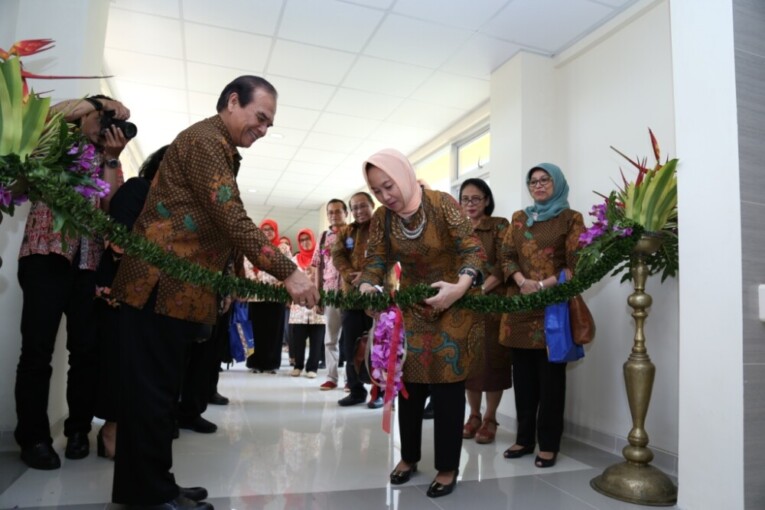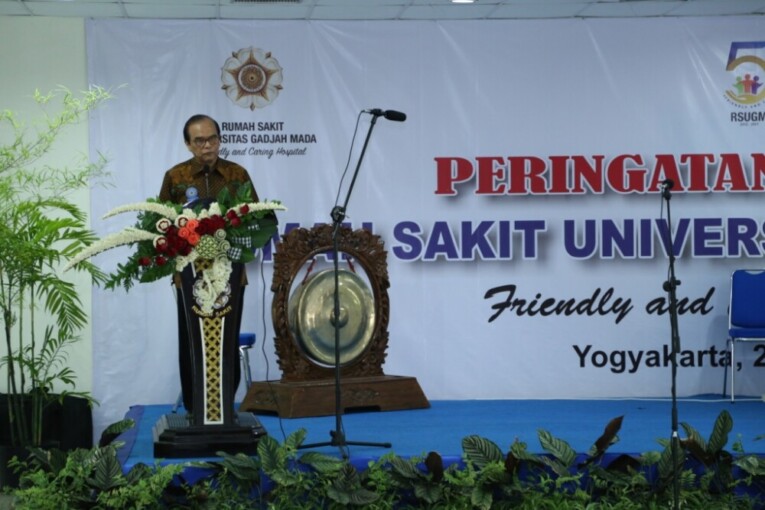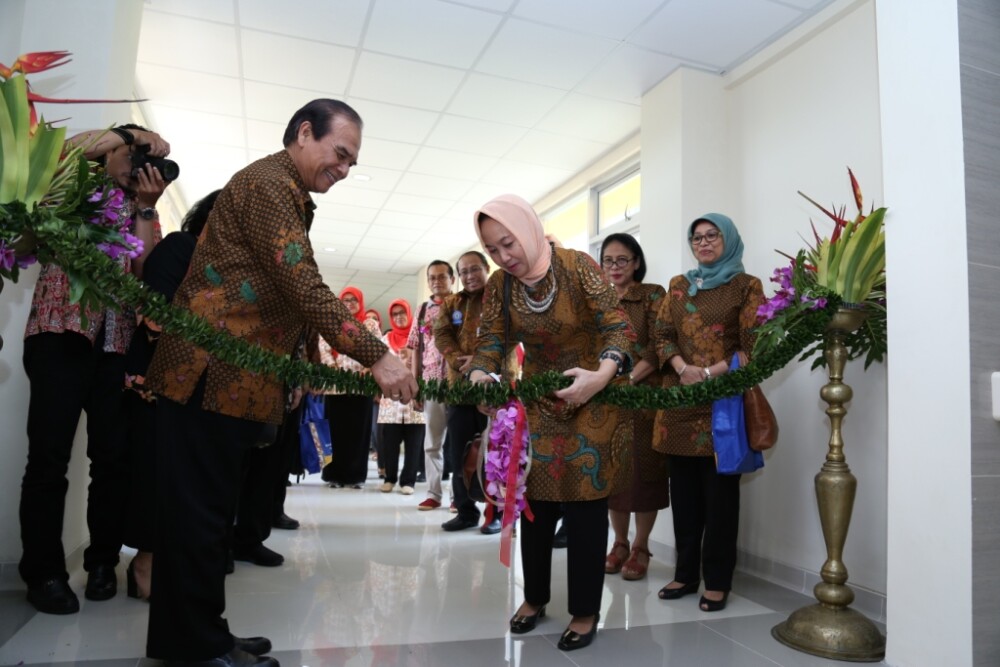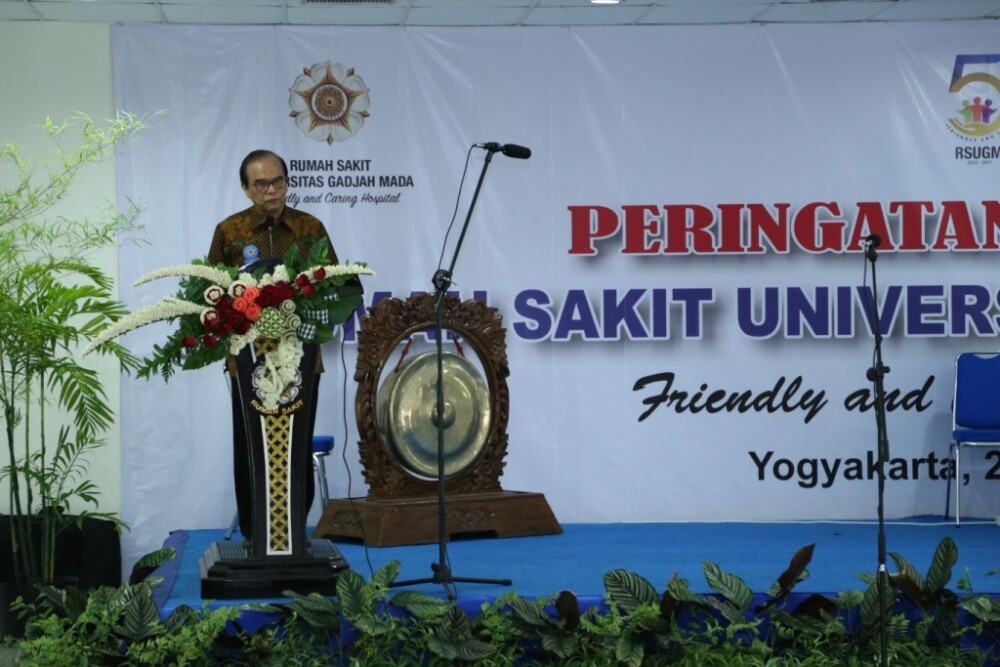Ancient pendopo (Javanese traditional house open frontage) in Kotagede are potential to be assigned as cultural heritage and promoted as international cultural heritage area. However, most of the pendopos are no longer utilized to keep local tradition but as its owner house and warehouse. Moreover, several pendopos had been sold.
A Japanese cultural heritage researcher, Prof. Kunihiko Ono, a professor at Cyber University, Japan, said the utilization of pendopo in Kotagedhe is not optimum like in the past which became a symbol of high class society and had functions as stage, meeting room, and ceremonial events space. “At first it was utilized as meeting room for local people and as stage for traditional arts performances,” said Ono in a discussion at UGM Tourism Study Center on his research about the existence of pendopo in Kotagedhe, recently.
His research on 27 traditional houses in Jagalan Village which have 27 pendopos, most of them are no longer used as places for holding traditional events or traditional ceremonies, but serving as the owner house. Nowadays, the utilization of pendopo as traditional events’ space has been decreasing. The alteration of pendopo’s functions, according to Ono, depended on the owner desire. “The utilization of pendopo extremely depends on its owner desire,” he said.
However, as long as the pendopo is still used for houses and other activities, according to Ono, it does not a matter as long as it does not damage the pendopo’s construction. “An ancient building will be broken if there are no inhabitants in it at all,” he added.
This kind of case, according to Ono, not only happened in Indonesia, but also in Japan although the government had assigned as many as 110 thousand cultural heritages. Despite preserving them, the government eases its owner in how to utilize it. “They may utilize them such as for market, cafe, restaurant, or tourism spot,” he explained.
In Ono’s opinion, sense of balance between cultural heritage development and its preservation can be well synchronized. However, assigning ancient building as cultural heritage has to also maintain its traditional value which cannot be found in other places. “In Indonesia, I know there are 26 cultural heritages, one of them is Yogyakarta Palace area,” he said.
Yoyok Wahyu Subroto, Ph.D., lecturer of UGM Architecture study programme and Cultural Heritage observer, said ancient buildings in Kotagedhe are potential to be made cultural heritages but they have to be evaluated from their originality and identity. The alteration of its functions for its owner concerns, according to Yoyok, is a necessity we have to tolerate. “The alteration is a necessity. Local people in Kotagedhe are also facing changes in their daily needs and environment aspects while they have to preserve the building, too,” said Yoyok.






